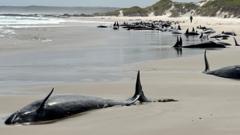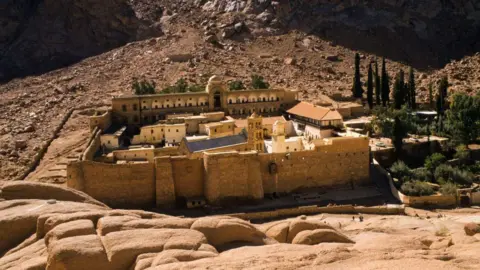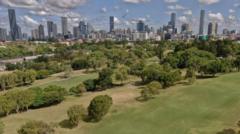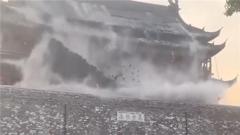The region has witnessed several mass strandings in recent times, notably the severe stranding event in 2020, though false killer whales have not experienced such incidents in Tasmania for more than half a century. Characterized as one of the largest dolphin species, false killer whales can grow up to 19 feet long and weigh around 1.5 tons. Authorities mentioned that the animals had been stranded for approximately 24 to 48 hours; the surviving whales were enduring tremendous stress. Local resident Jocelyn Flint shared her emotional encounter at the site, describing the whales’ helpless expressions as they sought assistance.
Marine biologist Kris Carlyon highlighted the challenging terrain surrounding the site, making it difficult to transport necessary rescue equipment. He stated that it is one of the most complex locations he has encountered during his 16-year career in Tasmania. Attempts to return the whales to the ocean were thwarted by rough conditions, forcing experts to make the heartbreaking choice to euthanize the remaining animals. Dr. Carlyon stressed that euthanasia is a last resort and was made necessary to relieve the suffering of the stranded whales.
The arduous task of euthanizing the whales began Wednesday and is expected to carry on into Thursday. Authorities are currently deliberating on how to respectfully dispose of the carcasses, recognizing the cultural significance of the site to local Aboriginal people. Public access to the area has been restricted due to nearby bushfires and treacherous terrain. In Tasmania, approximately 80% of whale strandings occur, predominantly along its west coast. The 2020 incident at Macquarie Harbour saw around 470 pilot whales stranded, with only a fraction surviving despite rescue efforts.
Experts speculate on various reasons behind such mass beachings, including disorientation while pursuing prey or errors in navigation led by one misguided whale. Understanding and addressing the intricacies of these occurrences remains pivotal for future protection of marine life in the region.
Marine biologist Kris Carlyon highlighted the challenging terrain surrounding the site, making it difficult to transport necessary rescue equipment. He stated that it is one of the most complex locations he has encountered during his 16-year career in Tasmania. Attempts to return the whales to the ocean were thwarted by rough conditions, forcing experts to make the heartbreaking choice to euthanize the remaining animals. Dr. Carlyon stressed that euthanasia is a last resort and was made necessary to relieve the suffering of the stranded whales.
The arduous task of euthanizing the whales began Wednesday and is expected to carry on into Thursday. Authorities are currently deliberating on how to respectfully dispose of the carcasses, recognizing the cultural significance of the site to local Aboriginal people. Public access to the area has been restricted due to nearby bushfires and treacherous terrain. In Tasmania, approximately 80% of whale strandings occur, predominantly along its west coast. The 2020 incident at Macquarie Harbour saw around 470 pilot whales stranded, with only a fraction surviving despite rescue efforts.
Experts speculate on various reasons behind such mass beachings, including disorientation while pursuing prey or errors in navigation led by one misguided whale. Understanding and addressing the intricacies of these occurrences remains pivotal for future protection of marine life in the region.




















